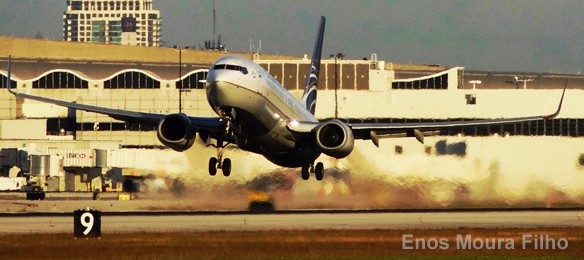Copa Airlines and Gol see different missions for the Boeing 737 Max 9 and 10, suggesting the larger variant may not cannibalise orders for its smaller sibling as much as some have speculated.
Panama City-based Copa, which is the only carrier in Latin America with orders for both the 737-9 and -10, sees the former as its main higher density longer-haul aircraft when deliveries begin in August 2018, said Copa director of procurement and fleet Victor Rios at the ISTAT Latin America conference in Bogota on 16 November.
«The [Max] 9 gives us additional seats and the performance,» he says. «The 10, it’s great [and] we have an order for 10s, but the additional performance that we need in those very, very, very long-haul markets may not be as with the 9.»
Copa anticipates using the 737-10 on its highest density routes while the -9 will replace 737-800s on some of its longer haul routes where the aircraft can operate without operational restrictions as well as add capacity.
The airline will configure its 737-9s with 170 seats, 10 more than on its 737-800s. Boeing says the 737-10 can seat from 188 to 204 passengers in a two-class configuration.
«The Max 10 is a very good airplane when the range is not a key decision for the airlines,» says Andre Goncalves da Cruz, managing director of aviation assets at Gol, at ISTAT.
He seconds Rios’ comments that the 737-10 is ideal for higher-density routes.
Some have questioned whether the introduction of the 737-10 at the Paris air show in June could cannibalise Boeing’s orderbook for the -9. However, neither Goncalves da Cruz nor Rios’s comments suggest this with their view of different uses for each variant.
Even United Airlines, one of the launch customers of the 737-10, maintains firm orders for 61 737-9s in addition to the 100 Max commitments it converted to the larger variant at Paris. It will take delivery of its first 10 -9s in 2018…



